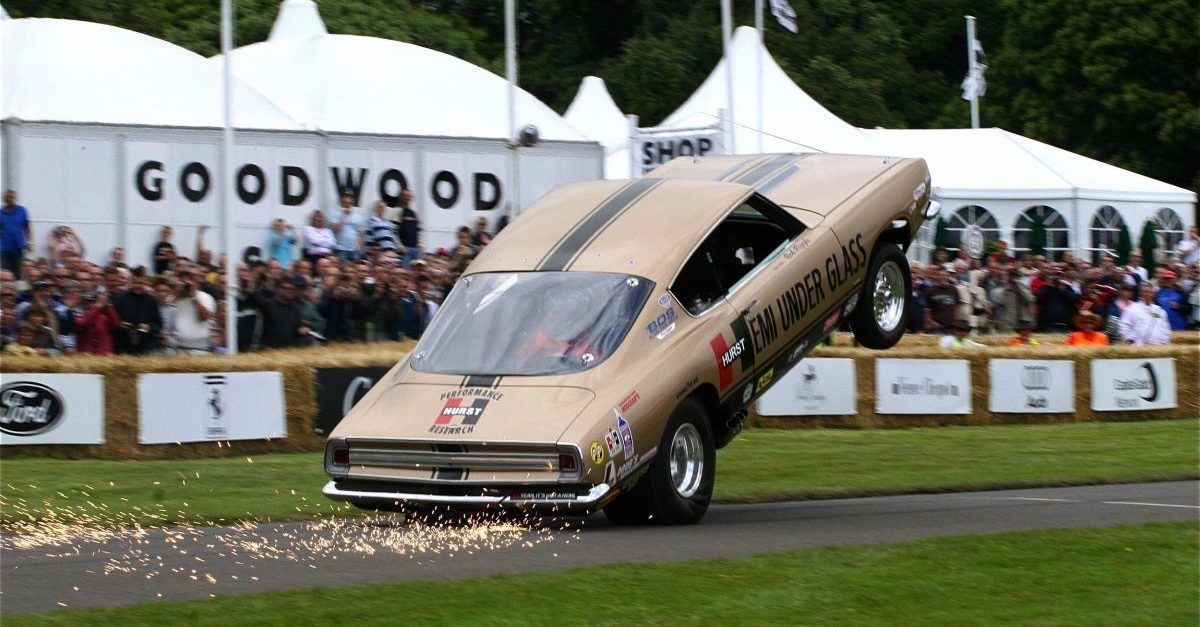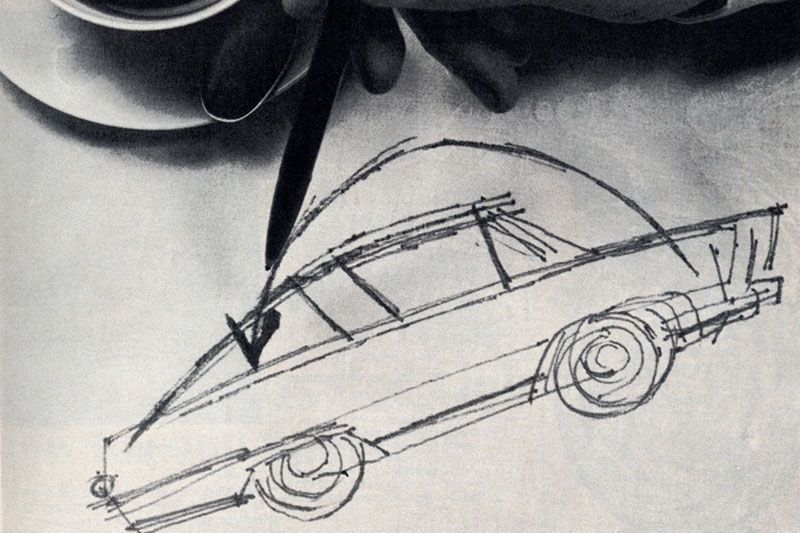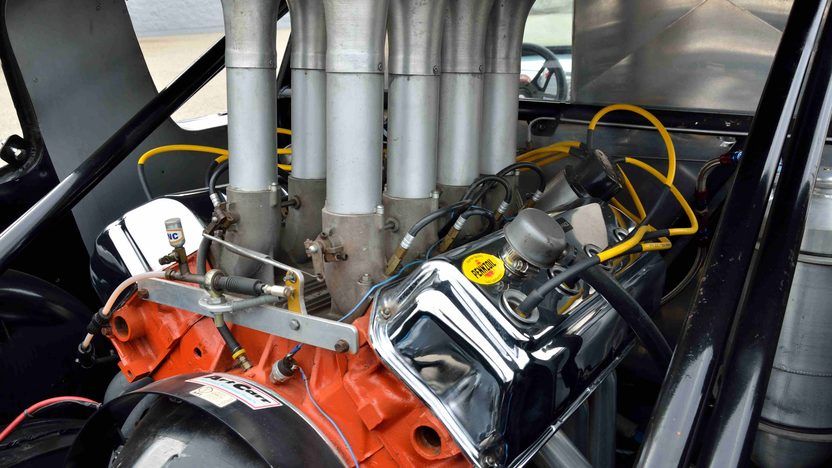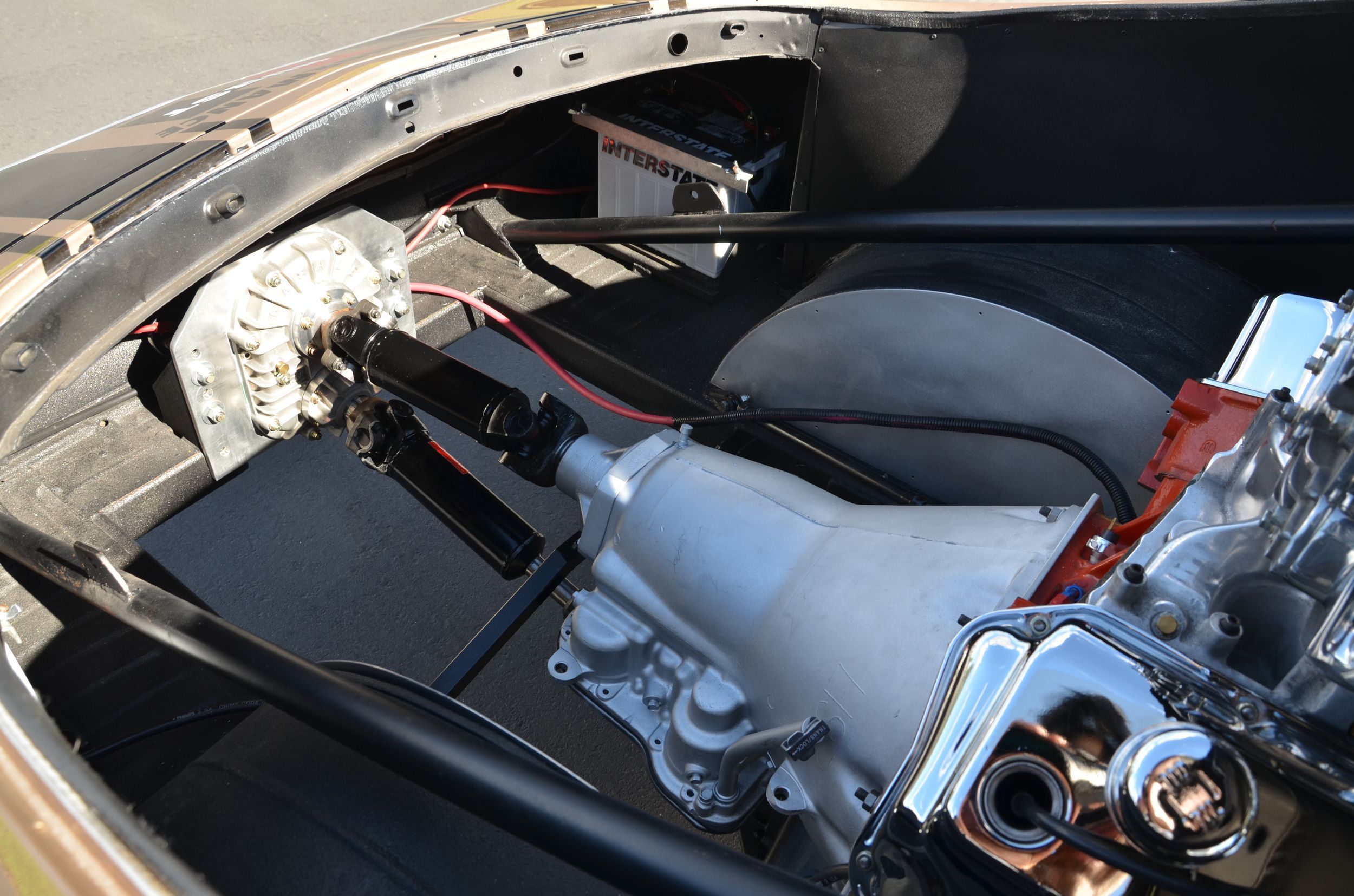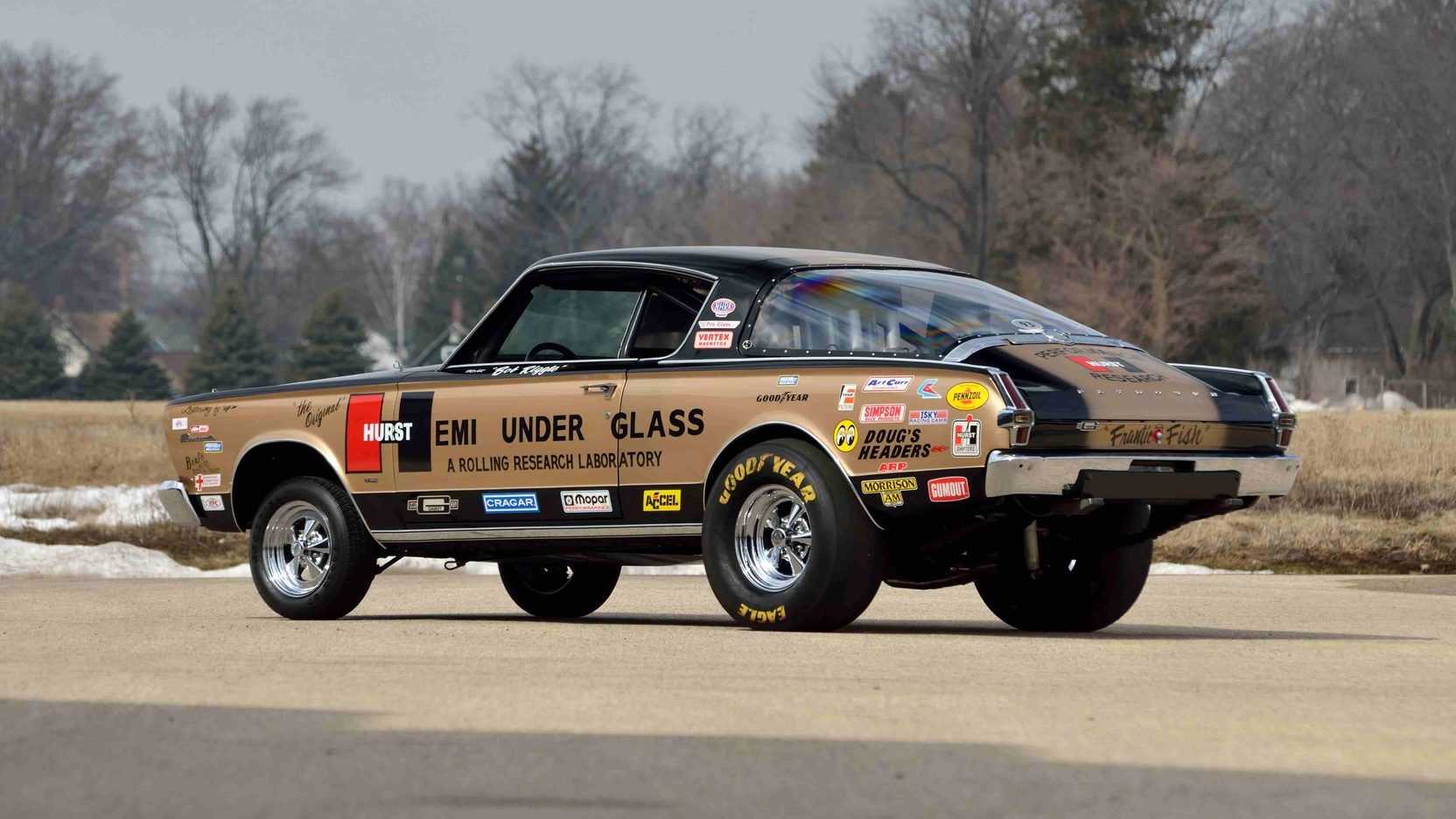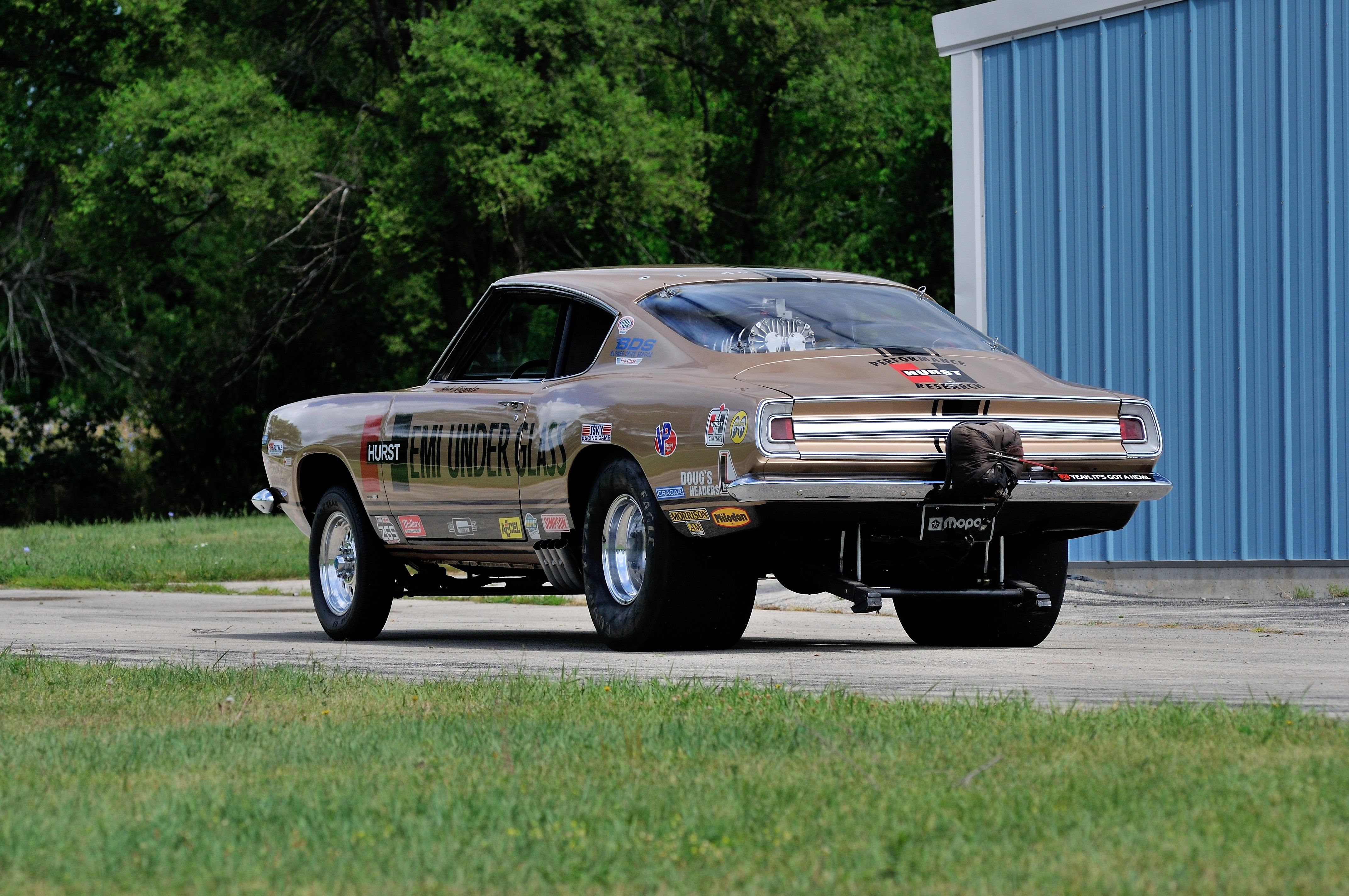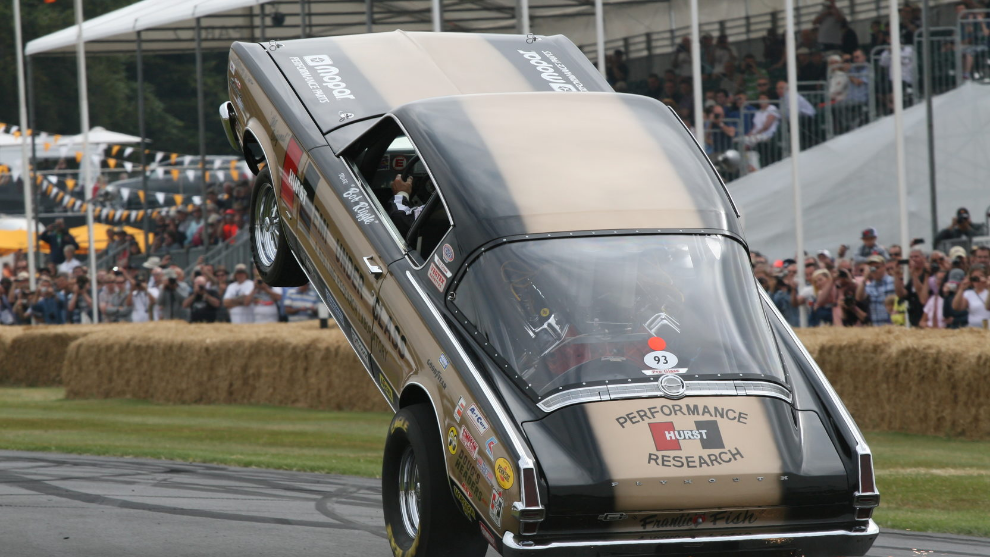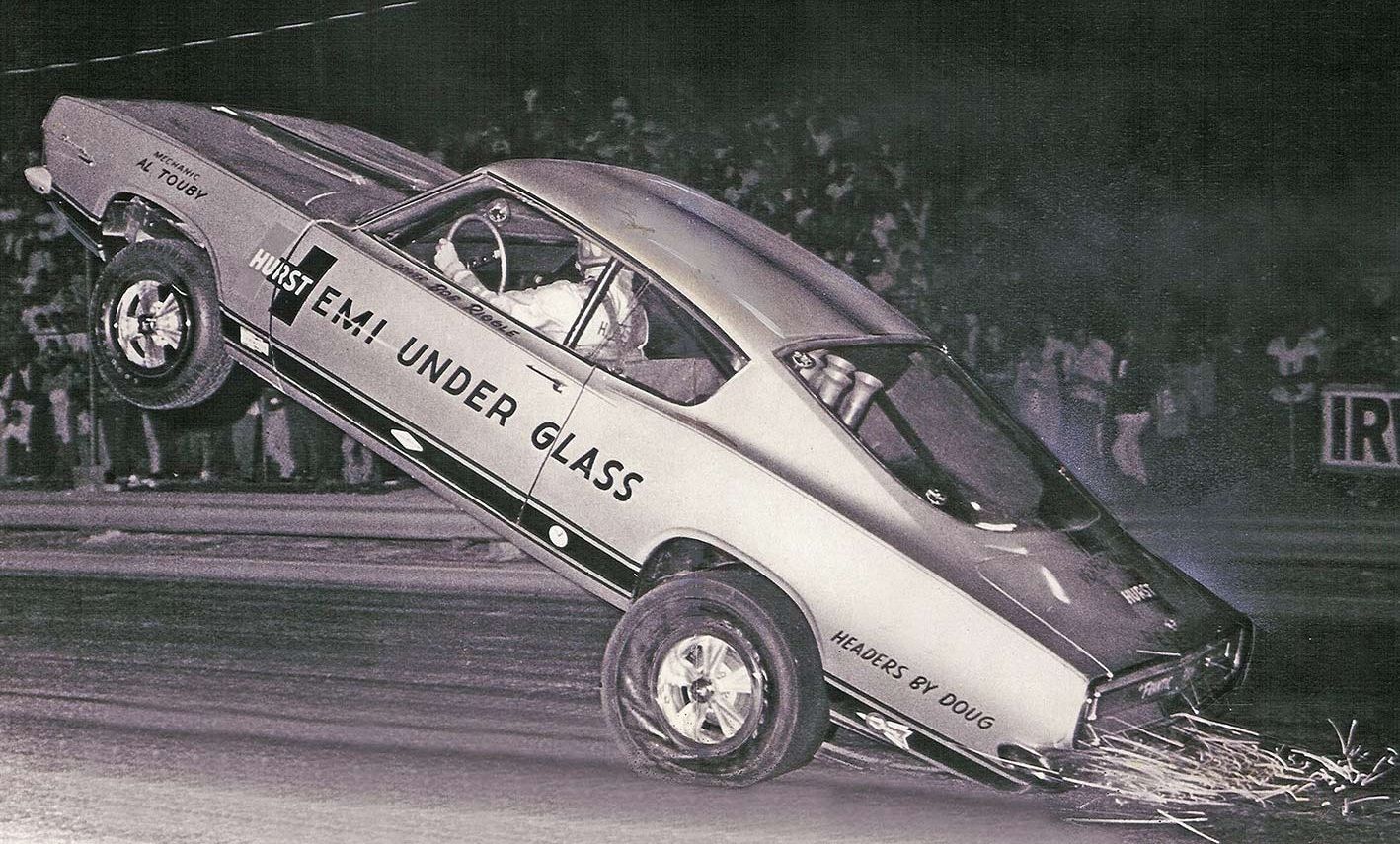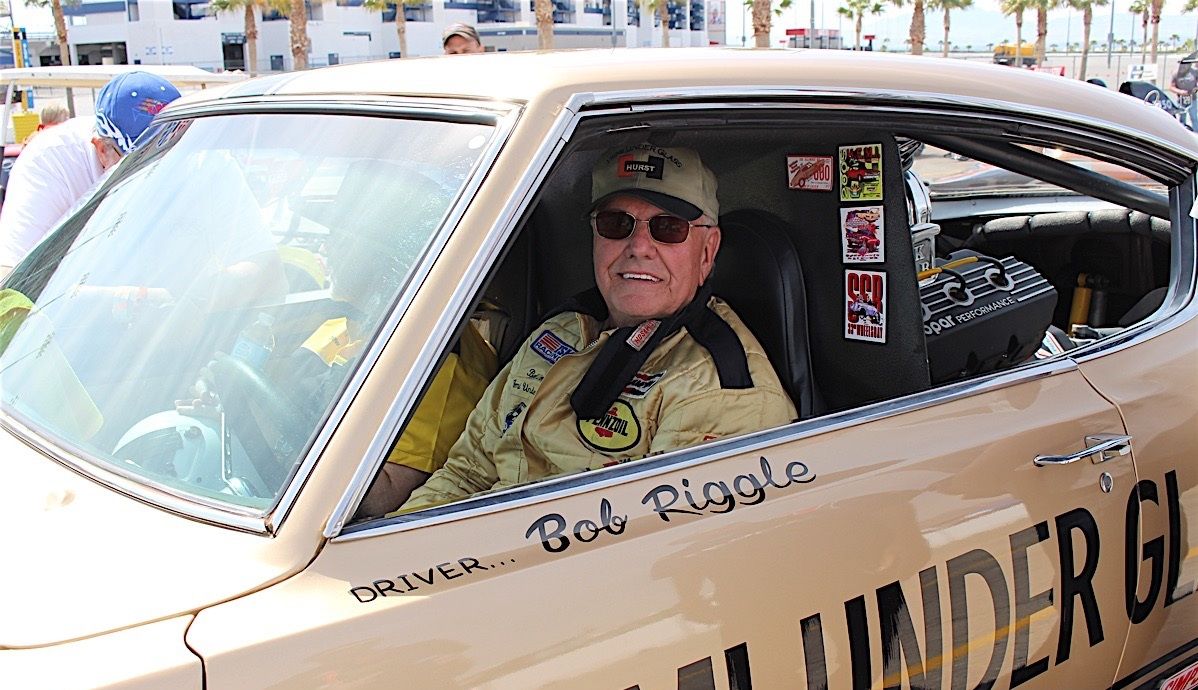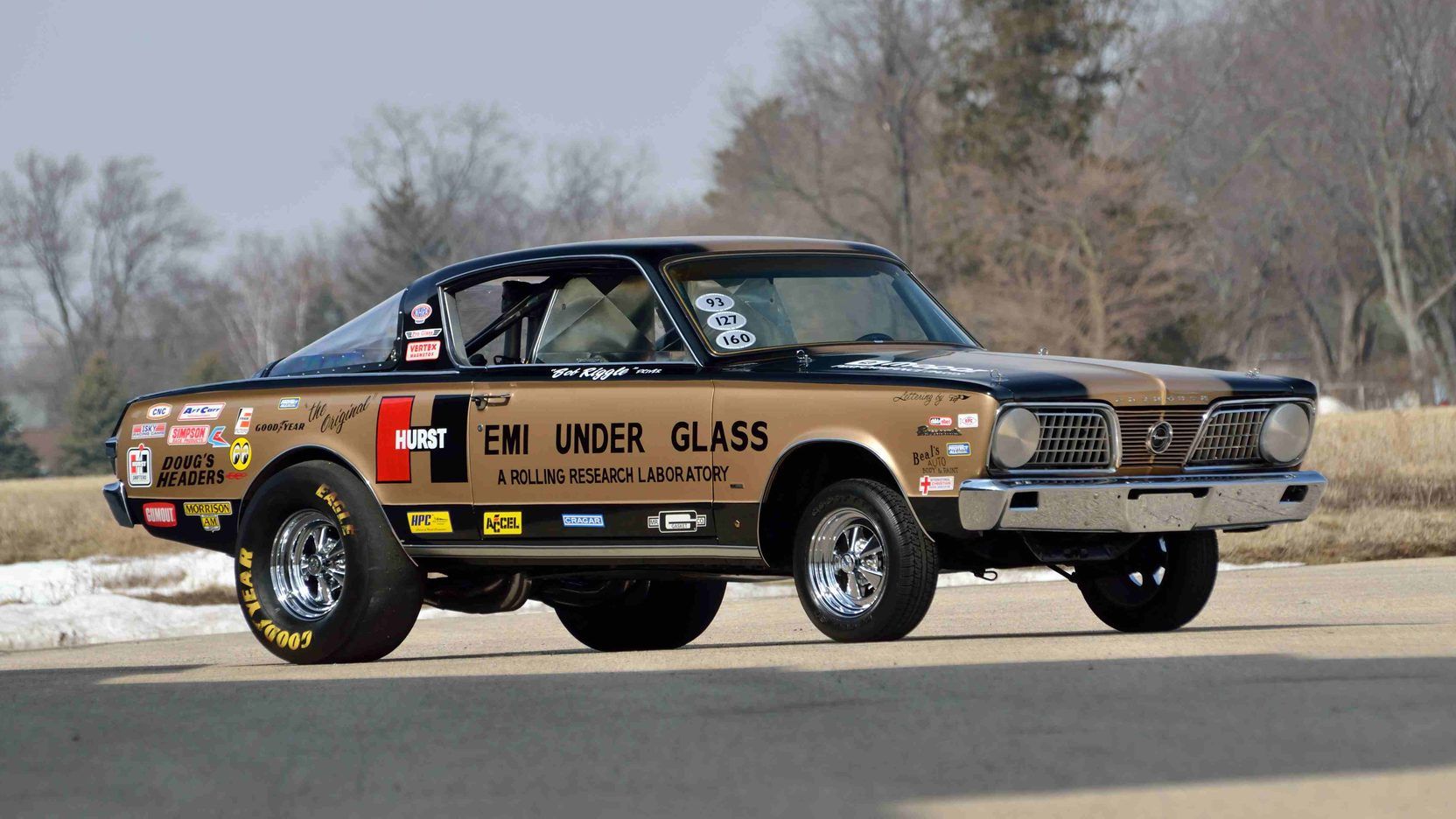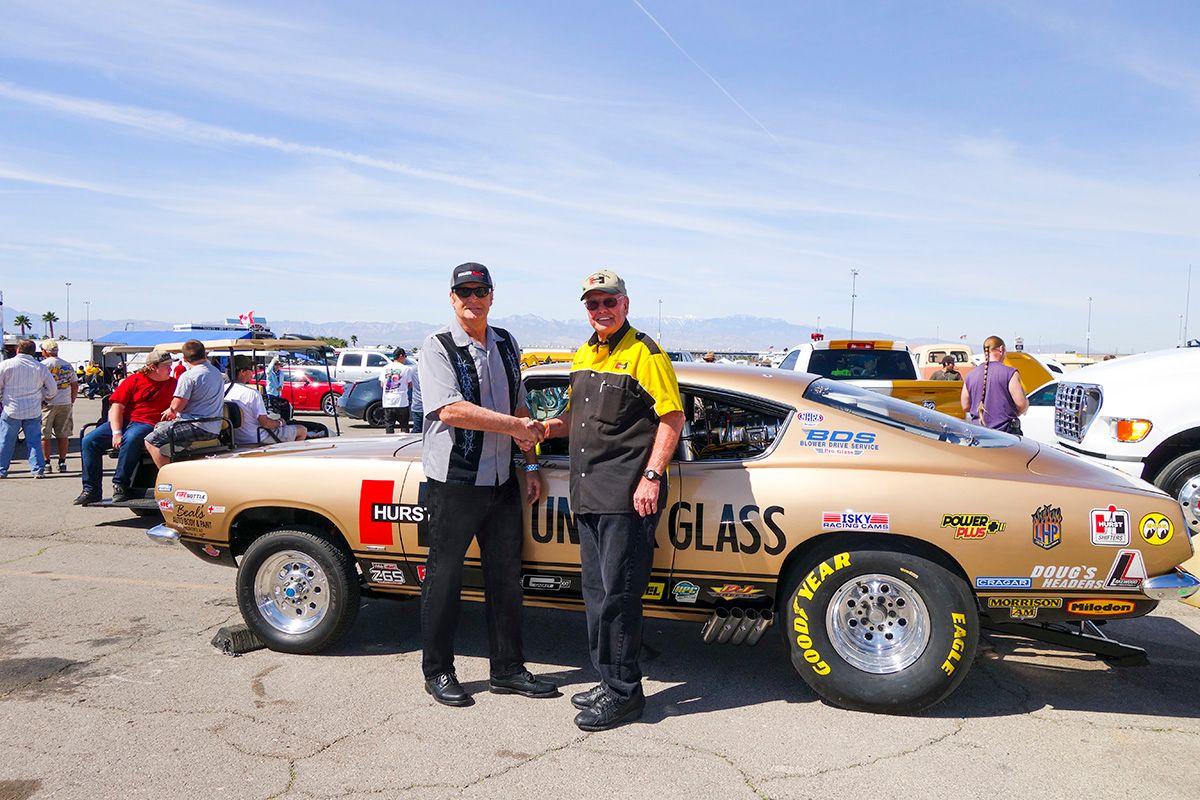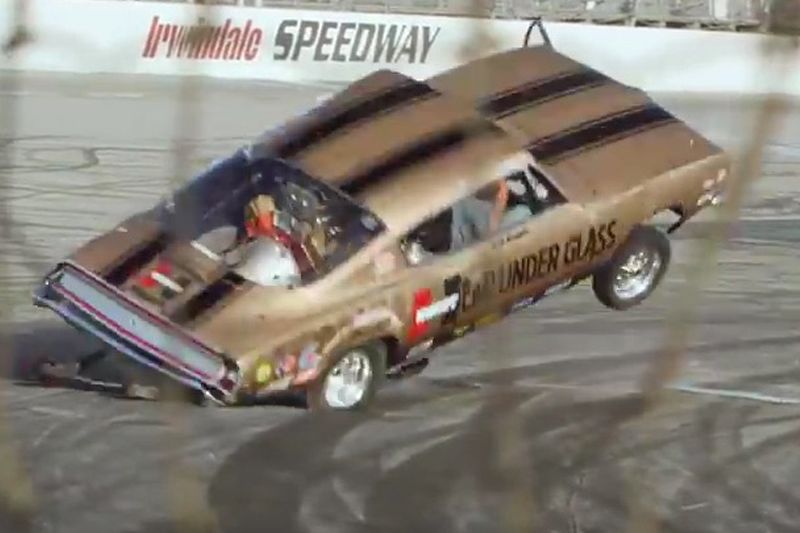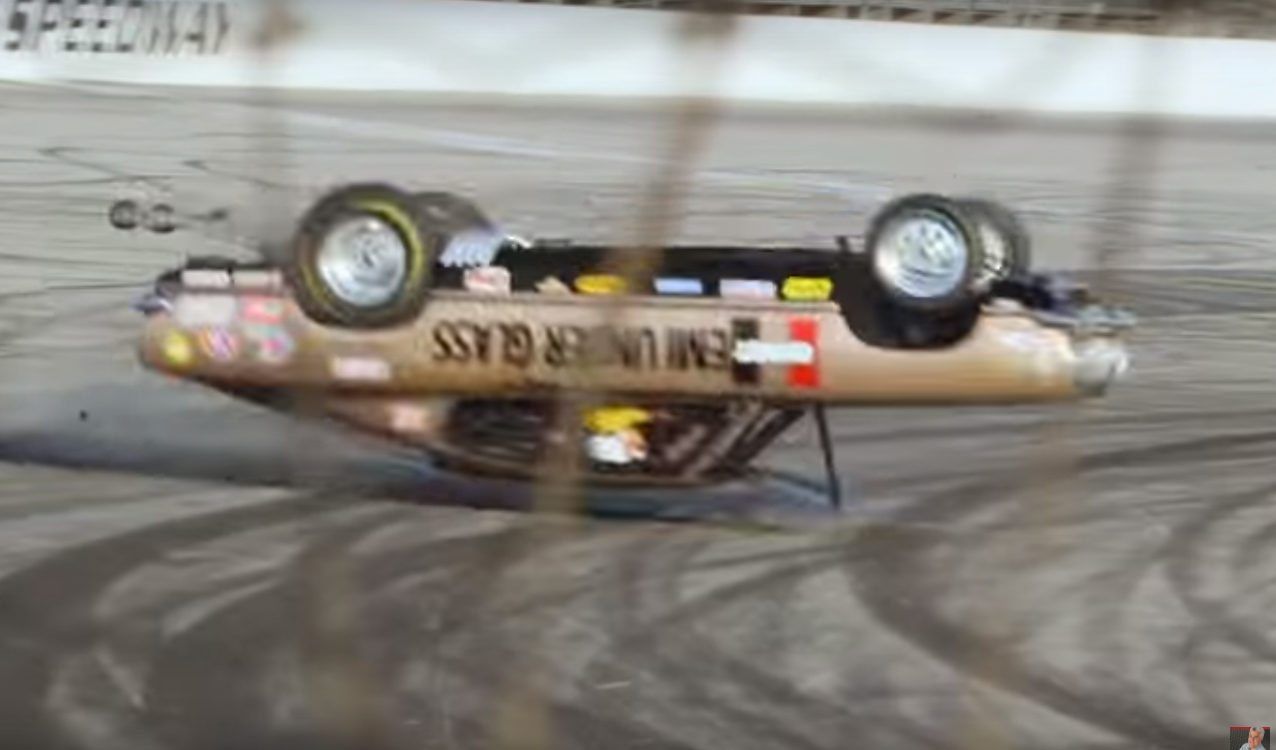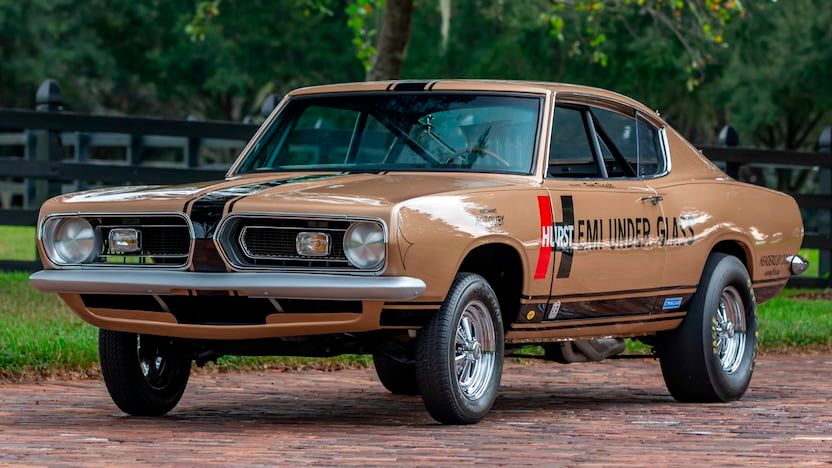We once laid open the secret origin of the Hemi Engine for everyone to see. This engine has been put to iconic use in several Mopar cars, but one of the most dramatic we’ve seen its adoption is in the Plymouth Barracuda Hurst Hemi Under Glass. A precursor to funny cars, the Hurst Hemi Under Glass was famous not only for its lightning-fast speed on the tracks but for its ability to run the entire length of the drag strip on its two rear wheels while the front wheels face the sky.
The Hurst Hemi Under Glass was quite popular in the drag racing sphere for its entertainment values and ultimately deserves a place among the sickest Hemi-powered Mopars ever. For its massive followership, Aurora Plastics Corporation and Model Products Corporation produced popular model kits of the car in 1/32 scale and 1/25 scale, respectively. The Plymouth Barracuda Hurst Hemi Under is a showstopper and for its significance, we dug out these details to bring gearheads up to speed with the legendary classic racing automobile.
8 Conceived Over Dinner
Co-founder George Hurst had brooded over the idea of building a one-stop car that will be used as a testbed for promoting the Hurst brand of aftermarket shifters and wheels as well as to compete in the 1965 drag racing season. However, the idea got more concrete on a certain evening while Hurst had dinner with Hot Rod Magazine Tech editor Ray Brock.
The editor explained his understanding of the project adding that placing the engine in the back of the car would send the weight to the rear, thereby helping the car jump off the line quicker.
7 Elephant Motor
Elephant Motor is Mopar’s official name for the engine powering the Plymouth Barracuda Hurst Hemi Under Glass. It’s a Chrysler 6.9-liter Hemi V8 with an official underrated – for insurance purposes – output of 425 horsepower. However, the engine can be easily upgraded by adding to it a dual carburetor which will, in turn, take the output to 450 horsepower and 472 ft-lb of torque.
On his return to racing in 1992, Riggle campaigned a 1966 injected version and a 1968 supercharged version as well.
6 Naming
The Hurst Hemi Under Glass’ ability to do a wheel stand even for relatively long distances is down to the car’s giant Hemi engine being positioned at the rear just under the massive rear glass. On hearing the idea to relocate the engine to the rear, Ray Brock came up with a name for the car, calling it the Hurst Hemi Under Glass.
However, when the Hurst Company was sold to Sunbeam, the car was campaigned without the Hurst logo and was referred to just as the “Hemi Under Glass.”
5 Wheelie
Contrarily to what racing enthusiasts might think, the Plymouth Barracuda Hurst Hemi Under Glass wasn’t intentionally designed to do wheelies. For context, wheelie also known as a wheelstand, is a type of vehicle maneuver that entails lifting the front wheels in the air due to adequate torque being fed to the rear wheels.
Initially, this was a huge problem for Hurst, however, the fans loved it, leading to the birth of the most-watched series of crowd-pleasing wheelstanders in drag racing history.
4 Drivers
When the Hurst Under Glass was launched in 1965, Bill Shrewsberry was hired to drive the show car. The partnership was a resounding success as the specially built automobile became the first wheelstanding exhibition car. However, Shrewsberry left at the end of the 1965 season.
In the next season, Hurst mechanic and fabricator Bob Riggle resumed at the wheels of the Hurst Hemi Under Glass till 1975 and from 1992 to 2009 as well. Mike Mantel took over in 2016 to become only the third ever driver of the race car.
3 Production Number
A series of the Hurst Hemi Under Glass were campaigned severally in exhibition drag racing by Hurst Performance between 1965 and 1975. These wheelstanders were built based on the current Plymouth Barracuda for the corresponding model year. Notably, when the cars get damaged or too old for racing, the company manufactures newer examples – sometimes through the parts of older versions.
By Riggle's account, a total of nine units of the Plymouth Barracuda Hurst Hemi Under Glass have been produced since the car’s inception.
2 Accidents
Shrewsberry’s relatively short stint had no records of major incidents. The same could’ve been said of Riggle who campaigned the Hurst Hemi Under Glass for several years without any major problem as well but had a career-ending accident in 1974 at the US 30 dragstrip in Indiana.
Also, while shooting an episode of Jay Leno’s Garage in 2016, Riggle – with Leno riding shotgun – rolled a 1969 Hemi Under Glass, extensively damaging the car’s body.
1 Where They Are
The first-ever Hurst Hemi Under Glass campaigned in the 1965 season no longer exists. Its powertrain and parts were used to produce the new Barracuda chassis/body style for the 1967 version driven by Bob Riggle. The car later got sold for $300,000 at the 2014 Mecum Auction.
Furthermore, the car that got more famous for the Jay Leno and Bob Riggle rollover was rebuilt and sold to popular Hurst vehicles collector Joe Spagnoli. The remaining examples are believed to be in the hands of different collectors.

